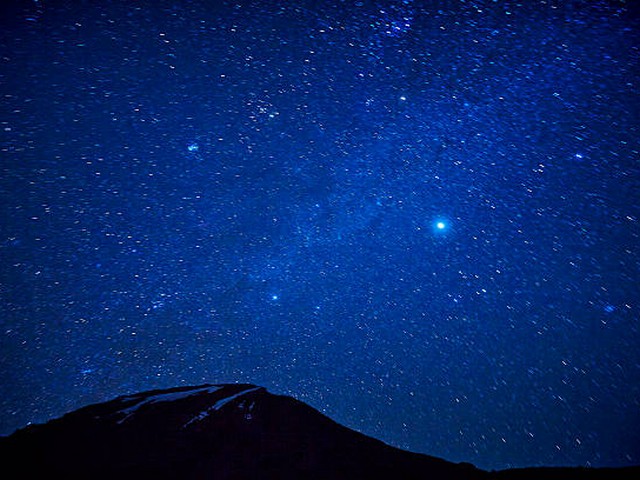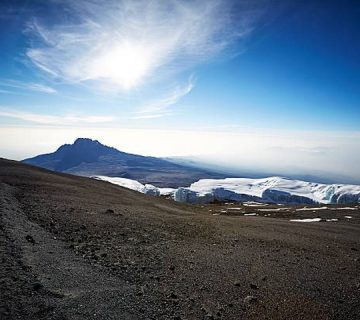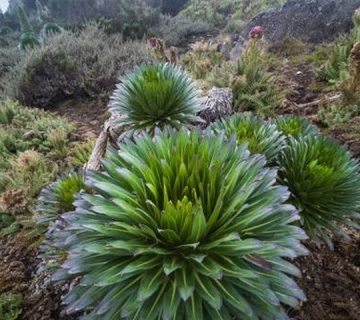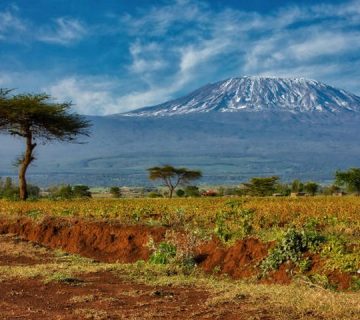Discover the Best Time to Climb Kilimanjaro with KCTE
Nestled in the heart of Tanzania, Mount Kilimanjaro isn’t just Africa’s tallest peak; it’s an emblem of adventure that calls to trekkers and explorers from across the globe. If you’ve ever dreamed of standing atop this majestic mountain, you might be pondering, "When is the best time to climb Kilimanjaro?" At Kilimanjaro Centre for Trekking and Ecotourism (KCTE), we’re here not just to answer that question, but to guide you through an unforgettable journey up this iconic mountain.
Why Timing Is Everything
Climbing Kilimanjaro is an aspiration for many, but timing your trek correctly is crucial to enhance your experience. The right season brings clearer skies, more comfortable weather, and optimal conditions for trekking. Conversely, climbing during the wet season might obscure the stunning vistas with clouds and make the trek less enjoyable due to slippery paths.
The Ideal Seasons for Climbing Kilimanjaro
Dry Season Delights
1. June to October – The Popular Choice
This period marks the main dry season on Kilimanjaro and coincides with the summer holidays in many countries, making it the most popular time to climb. The weather is generally clear, and the visibility is excellent, offering trekkers breathtaking views of the surrounding landscapes. While popular, it’s also the busiest time on the mountain, so early booking with KCTE is advisable to secure your spot.
2. January to Mid-March – The Serene Path
The short dry season is a gem for those who seek a quieter climb. The weather is comparably good, often clearer and colder than during the main dry season, but with fewer climbers on the trails. This period offers a more serene experience and is ideal for photographers looking to capture the pristine beauty of Kilimanjaro without much crowd interference.
Rainy Season Insights
1. November to December – The Short Rains
This period is characterized by short, heavy showers, usually in the afternoons and evenings. The rain brings the landscape to life with lush greenery, and the trails are less crowded. For those who don’t mind getting a bit wet, this can be a unique time to experience the mountain’s flora and fauna.
2. April to May – The Long Rains
The long rains bring more sustained precipitation, which can make trekking challenging but also intensely rewarding for the adventurous soul. The trails are the least crowded during this period, and the rainforest surrounding Kilimanjaro bursts into a vibrant display of life.
Choosing Your Route with KCTE
At KCTE, we offer various routes to the summit, each providing a unique perspective of Kilimanjaro. Whether you choose the scenic Machame Route, the gradual ascent of the Marangu Route, or the remote and stunning Lemosho Route, timing your climb can influence your experience. Our expert guides are here to help you select the best route and time for your adventure.
Preparing for Your Climb
Climbing Kilimanjaro is an exhilarating challenge that requires preparation. Here are a few tips to enhance your climb:
- Train adequately: Build your stamina with cardio, strengthening exercises, and hiking to prepare your body for the demands of the trek.
- Pack wisely: Layering is key. Prepare for both warm and cold weather conditions, and don’t forget your rain gear, especially if you’re climbing during the rainy season.
- Acclimatize: Consider a route that allows for better acclimatization. KCTE offers itineraries designed to maximize your body’s adjustment to high altitudes.
- Stay hydrated and eat well: Keep your energy up and your body hydrated throughout the climb.
Why Climb with KCTE?
Choosing the right tour operator is crucial for a safe and memorable experience. At KCTE, we pride ourselves on our deep-rooted knowledge of Kilimanjaro, our commitment to safety, and our passion for eco-friendly trekking practices. Our experienced guides are local experts who ensure that your journey up this African giant is not only successful but deeply transformative.
FAQ: Climbing Kilimanjaro
What is the success rate of climbers reaching the summit?
With KCTE, over 90% of our climbers reach the summit. Our guides are trained to ensure you have the safest and most fulfilling experience.
How long does it take to climb Kilimanjaro?
The trek can take anywhere from 5 to 9 days, depending on the route and pace. We recommend routes that allow for optimal acclimatization.
Do I need technical climbing experience?
No technical skills are required to climb Kilimanjaro. It is a trekking mountain, but physical fitness is important.
Are there age restrictions for climbing Kilimanjaro?
KCTE welcomes climbers of ages 10 and above, but every climber under 18 must be accompanied by an adult.
Embark on Your Journey
Choosing the best time to climb Kilimanjaro enhances your trekking experience, ensuring that you take home not just photos, but cherishable memories. At Kilimanjaro Centre for Trekking and Ecotourism, we’re dedicated to making your dream climb a reality. Whether in the dry clarity of July or the lush tranquility of March, let KCTE guide you to the roof of Africa. Get in touch with us today, and step closer to the skies. Your adventure awaits!




